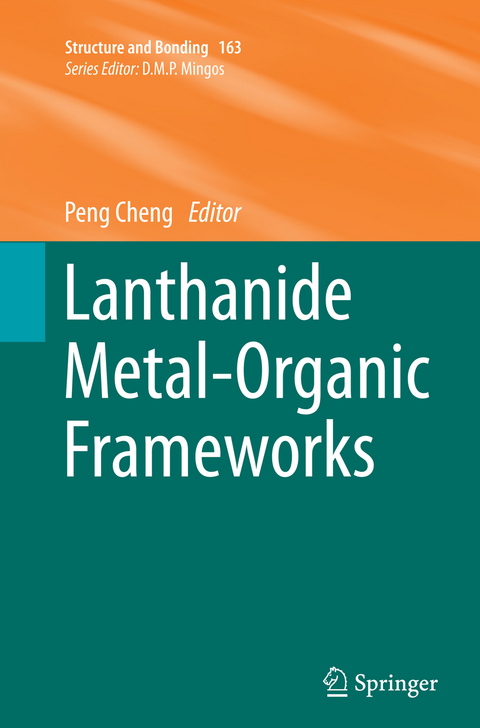The series Structure and Bonding publishes critical reviews on topics of research concerned with chemical structure and bonding. The scope of the series spans the entire Periodic Table and addresses structure and bonding issues associated with all of the elements. It also focuses attention on new and developing areas of modern structural and theoretical chemistry such as nanostructures, molecular electronics, designed molecular solids, surfaces, metal clusters and supramolecular structures. Physical and spectroscopic techniques used to determine, examine and model structures fall within the purview of Structure and Bonding to the extent that the focus is on the scientific results obtained and not on specialist information concerning the techniques themselves. Issues associated with the development of bonding models and generalizations that illuminate the reactivity pathways and rates of chemical processes are also relevant. The individual volumes in the series are thematic. The goal of each volume is to give the reader, whether at a university or in industry, a comprehensive overview of an area where new insights are emerging that are of interest to a larger scientific audience. Thus each review within the volume critically surveys one aspect of that topic and places it within the context of the volume as a whole. The most significant developments of the last 5 to 10 years should be presented using selected examples to illustrate the principles discussed. A description of thephysical basis of the experimental techniques that have been used to provide the primary data may also be appropriate, if it has not been covered in detail elsewhere. The coverage need not be exhaustive in data, but should rather be conceptual, concentrating on the new principles being developed that will allow the reader, who is not a specialist in the area covered, to understand the data presented. Discussion of possible future research directions in the area is welcomed. Review articles for the individual volumes are invited by the volume editors. Readership: research scientists at universities or in industry, graduate students.
An Introduction: Syntheses, Properties and Potential Applications.- Chiral Lanthanide Metal-Organic Frameworks.- Luminescent Lanthanide Metal-Organic Frameworks.- Metal-Organic Frameworks Based on Lanthanide Clusters.- Porous d-f Cyano-bridged4 Frameworks: Bonding Regime and Magnetism.- Multifunctional Microporous Lanthanide Metal-Organic Frameworks.- Transition-Lanthanide Heterometal-Organic Frameworks.- MOFs of Uranium and the Actinides.
"'Lanthanide metal-organic frameworks' is an outstanding book as for general chemistry readership including graduate and post-graduate students and for researchers specializing in the field of MOF and Ln-MOF. This book can lay foundation for a successful course of further investigations and applications of Ln-MOF and its purchase is highly recommended for everybody who is interesting in this subject." (Joao Rocha, Frontiers in Chemistry, August, 2015)
| Erscheinungsdatum |
21.11.2016
|
| Reihe/Serie |
Structure and Bonding
|
| Zusatzinfo |
IX, 371 p. 250 illus., 184 illus. in color. |
| Verlagsort |
Berlin |
| Sprache |
englisch |
| Maße |
155 x 235 mm |
| Gewicht |
583 g |
| Themenwelt
|
Naturwissenschaften ► Chemie ► Anorganische Chemie |
| Schlagworte |
Chemistry • Chemistry and Materials Science • Chiral Ln-MOFs • d-f cyanide bridges • Gas storage and separation • Hetero-MOFs • Inorganic Chemistry • Lanthanide clusters • Lanthanide metal-organic frameworks • Luminescent Ln-MOFs • Nanostructured Ln-MOFs • Porous Ln-MOFs • Uranium and actinides |
| ISBN-10 |
3-662-51512-1 / 3662515121 |
| ISBN-13 |
978-3-662-51512-9 / 9783662515129 |
| Zustand |
Neuware |



